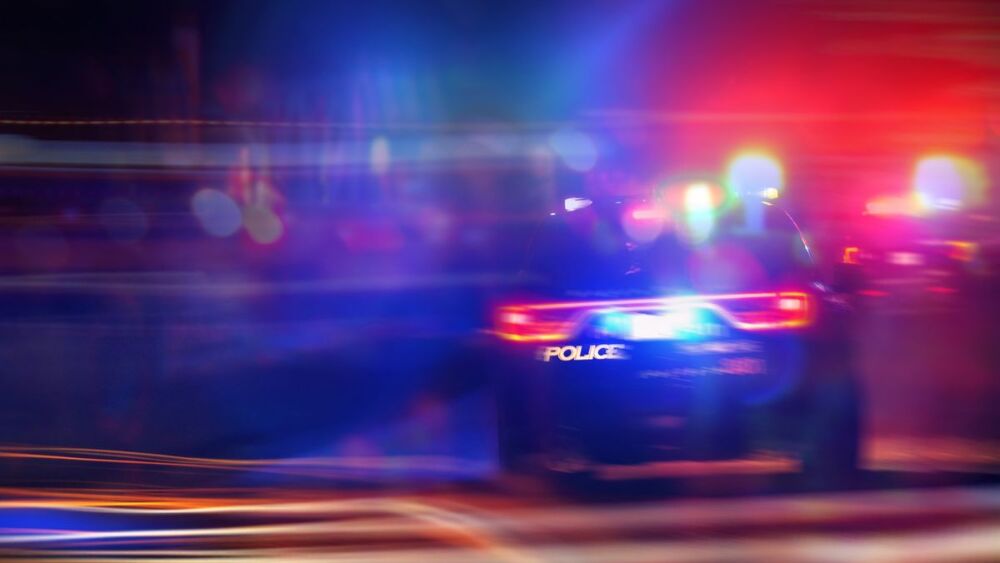As part of Police1’s Institutional Knowledge Project, we asked readers to write about calls where they would have been justified to use deadly force but did not do so.
To participate in Police1’s Institutional Knowledge Project, click here. Questions? Email editor@police1.com.
What happened?
I responded one night along with another officer to a 911 call where the caller and a friend, who were in a small car, were being chased by a man in a pickup who was trying to run them off the road. The caller was unfamiliar with the town but dispatch managed to narrow the incident down to a certain area.
I found the two speeding vehicles coming off a side street onto a highway at the edge of town with the truck closely following the car seeming to confirm the caller’s allegation. As soon as I lit them up, the car pulled into a closed service station with the truck right behind them. The truck stopped to the right of the entrance and I stopped parallel with it about 70 feet to its left. The car continued a bit further stopping closer to the building leaving about 100 feet between the two vehicles. It was positioned about 100 feet in front of and slightly to the left of me.
This gave me a divided scene where the truck was to my right and the car to my front left. The truck driver immediately jumped out and began screaming that the two men in the car had stolen his money.
How did you handle the situation?
I exited my vehicle and ordered the truck driver to put his hands on the hood of the truck, which he did with his back toward me. But then he frantically began pointing at the car yelling they were leaving. I looked to my left and saw the car starting to move toward the exit. I gestured and yelled for them to stop.
I glanced back at the truck driver seeing he had removed his hands from the hood of the truck and was reaching into his front right belt area. I believed he was reaching for a gun. I drew my weapon, pointed it at him and ordered him to put his hands back on the hood, which he did.
By this time I had moved away from the front of my patrol car to better see the truck driver. I swung my weapon back toward the car and ordered both occupants out having them place their hands on the top of the car. They complied and I looked back at the truck driver to see him again reaching into his front right waist area facing away from me.
I yelled at him to put his hands on the hood or I would shoot him. He complied but continued yelling at the occupants of the car. I realized I was in a very bad tactical position in the parking lot with no cover because my patrol car was now behind me. I felt very vulnerable. I could not look at both vehicles at the same time because of where they were located and had to keep glancing back and forth between the two. Every time I took my eyes off of the truck driver he would move his hands from the hood of the truck toward his waist.
I was extremely happy to hear the other officer arrive on scene. We immediately handcuffed the truck driver, searched him and found a small baggie of marijuana in his front right pocket. This was what he had been trying to pull out and discard and what I had nearly shot him for! The situation turned out to be a drug deal gone bad with the men in the car taking the truck driver’s money and giving him a package of fake drugs. The truck driver did chase them. All three were arrested and the $1,000 confiscated.
Looking back, was there anything would you have done differently?
I definitely would have positioned my patrol car better trying to give myself cover. The car moving some after we stopped would have possibly compromised my cover from their position, but my view of the truck driver would have not have changed.
What lesson did you identify from this situation?
Always, always, always be aware of your location on scene relative to cover and concealment. Know where you are going to be able to take cover and make sure you can easily get there.
To participate in Police1’s Institutional Knowledge Project, click here. Questions? Email editor@police1.com.


